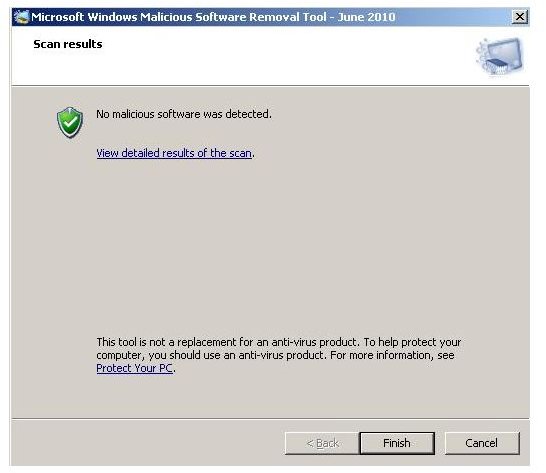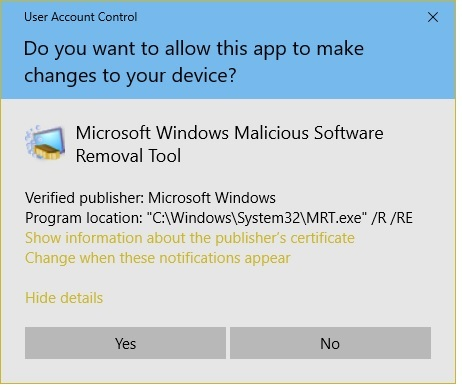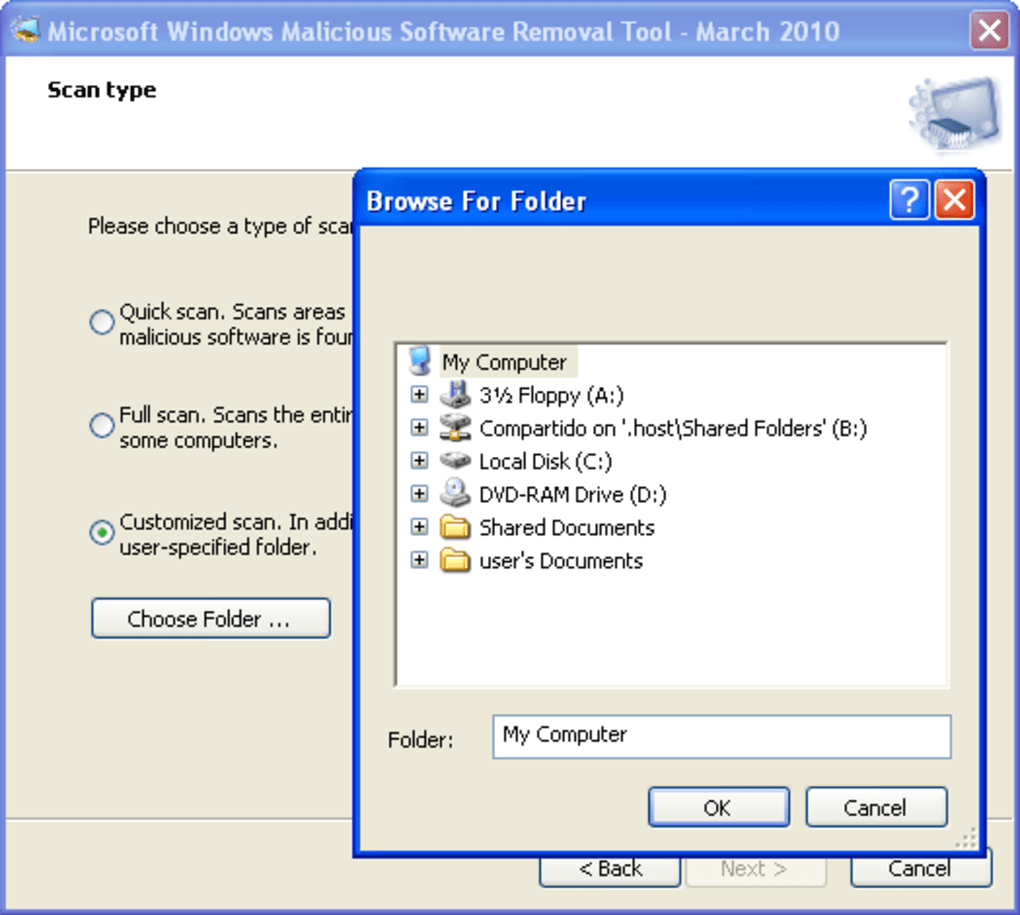

Stopping malware from making its way onto your device - known as preventative security - is by far the best way to protect yourself. With so much on the line, it is essential that you adequately protect all your devices against malware. This could allow hackers to steal your data, to access your accounts, to steal your financial information, or to perform identity theft. Unless you have an up-to-date antivirus installed, it is possible for stubborn malware to sit around on your machine unnoticed. If you become infected with malware, it could have very serious ramifications for your devices and your personal security.

Click the Next button to proceed with full scan.Type the following command start a forced scan, and press Enter: mrt /f.Search for Command Prompt, right-click the top result, and select the Run as administrator option.To use the Malicious Software Removal Tool with Command Prompt, use these steps: How to use the Malicious Software Removal Tool with Command promptĪlternatively, you can also use the security tool with commands, but the options available are more limited than the graphical interface.

After the scan, the MSRT also creates a long in c:\Windows\Debug\mrt.logįile that includes information about the tool, summary, and return codes. In some cases, the tool may not be able to restore the files to their original state. The tool may be able to clean the infected files, but it is not perfect, and some data loss could happen depending on the infection. If the malicious software modified the browser settings, then you will give directions to restore the original settings (if applicable). In the event that a full scan was used, you will be prompted to remove the infection from those files. If a threat is found, you will be prompted to run a full scan. Once you complete the steps, the tool will scan the system for malicious software. Source: Windows Central (Image credit: Source: Windows Central)


 0 kommentar(er)
0 kommentar(er)
